On the Road is a weekday feature spotlighting reader photo submissions.
From the exotic to the familiar, whether you’re traveling or in your own backyard, we would love to see the world through your eyes.
Summer is most definitely here, but at least the heat has broken in my part of the midwest.
It’s a new week, let’s make it a good one!
Albatrossity
Today we will make a transition from winter-resident avian migrants to summer residents, with a couple of non-avian critters added to the mix. Summer is here.
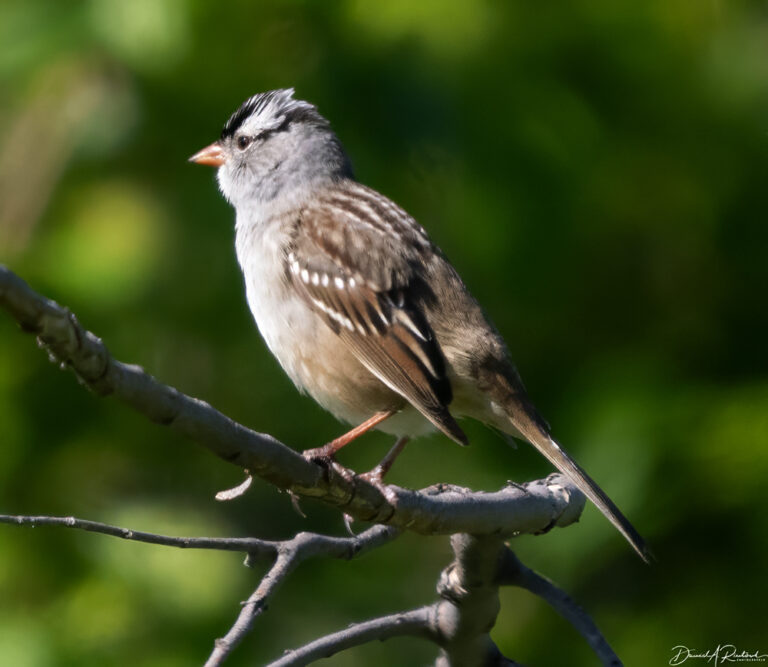
The last lingering White-crowned Sparrows (Zonotrichia leucophrys) usually depart Flyover Country by mid-May, and this one was the last I saw this spring. Portly and gray, they always remind me of rotund old men, for whom only a brace of suspenders would be needed to complete that look. They don’t stay away long, returning in mid-September for a long winter stay. Click here for larger image.
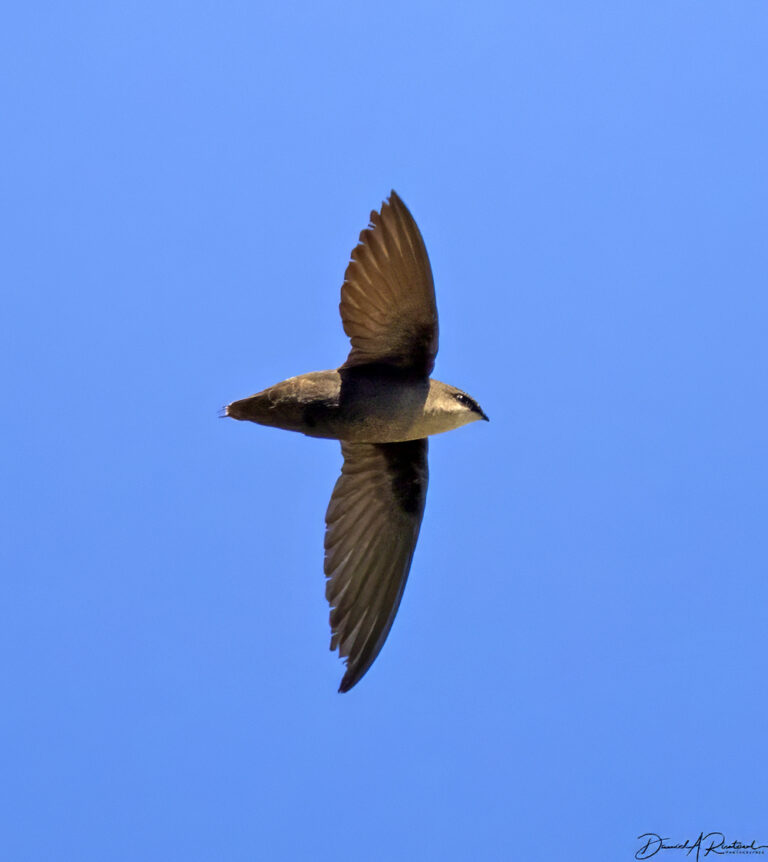
One of the most common returnees in mid-May, the Chimney Swift (Chaetura pelagica) is also one of the biggest challenges to photograph. When they are not flying jerkily around, they are usually perched in dark, sooty, inaccessible places. And frankly, they are not very colorful, so the incentive to get their picture is not as high as it should be. Nonetheless, these acrobatic mosquito killers have long been high on my list of “birds I want to get a good picture of”, and, after lots of years, I got some. Here’s one of those flying cigars captured in mid-flight. Click here for larger image.
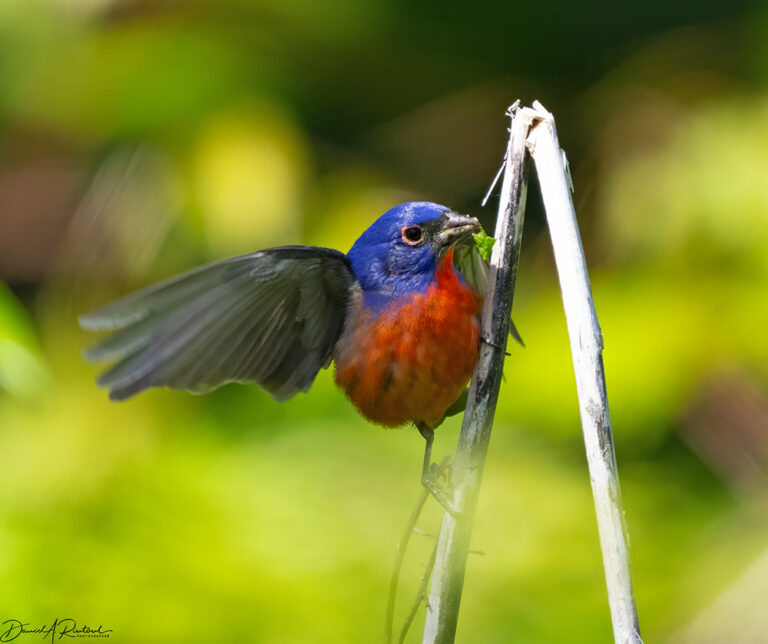
On the opposite end of the colorful bird spectrum, the Painted Bunting (Passerina ciris) evokes superlatives in every field guide. “Incomparably beautiful” or “unmistakable” or “dramatically colored” show up time and time again, and they are accurate descriptions. The French name for this species, nonpareil (without equal) is perhaps the most accurate. Click here for larger image.
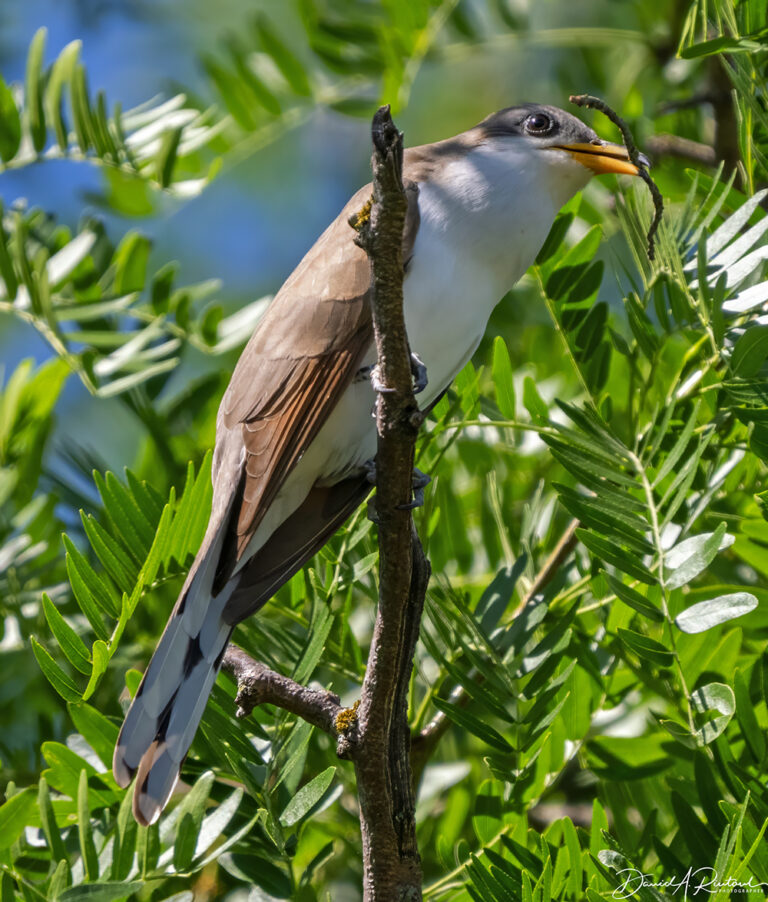
Now we are kipping ahead a few weeks because of a detour to Costa Rica. A late arrival each spring, the Yellow-billed Cuckoo (Coccyzus americanus), seems to arrive here just as the larger insects (cicadas, caterpillars of the larger moths and butterflies etc.) become more abundant. Unlike the Old World cuckoos, which are nest parasites and lay eggs in the nests of other species, this species builds its own nest, using dead twigs like the one it is collecting here. More often heard than seen, they also have the colloquial name “rain crow” for their alleged habit of calling more frequently on cloudy days. But, as one source says, “its proficiency as predictor of weather has never been demonstrated”. Click here for larger image.
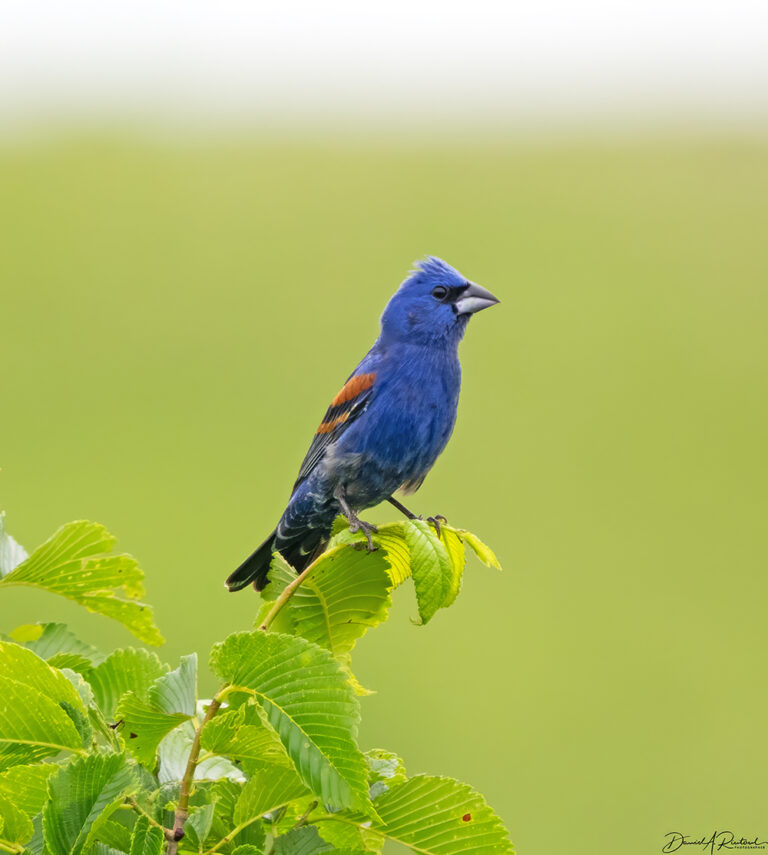
A very welcome returnee for the summer here in Flyover Country, the Blue Grosbeak (Passerina caerulea) is a stunning denizen of forest edges, power line cuts, and other shrubbier habitats here in Flyover Country. This adult male is in at least his second summer, and probably he is older than that because I have found an adult male in this exact location for at least three years now. This guy is high on the list of birds that visiting birders long to see. Click here for larger image.

Bald Eagles (Haliaeetus leucocephalus) are now common summer residents here, with their populations enhanced both by the banning of DDT and the building of large dams and reservoirs here. This image, to me at least, evokes Tennyson’s poem, simply titled “The Eagle”.
————-
He clasps the crag with crooked hands;
Close to the sun in lonely lands,
Ring’d with the azure world, he stands.
The wrinkled sea beneath him crawls;
He watches from his mountain walls,
And like a thunderbolt he falls.
—————
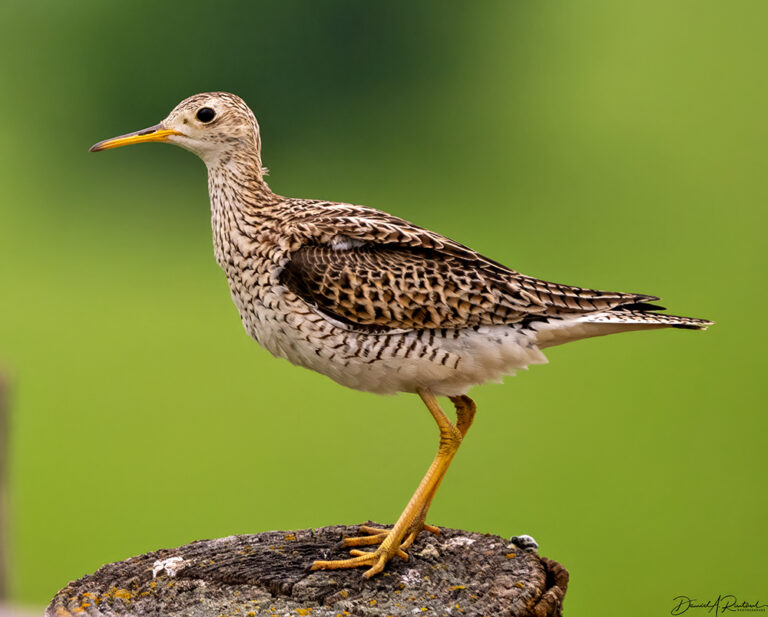
No thunderbolts are associated with this Upland Sandpiper (Bartramia longicauda), but he does do a credible wolf whistle. So he has that going for him, as well as his frequent flyer miles. Click here for larger image.
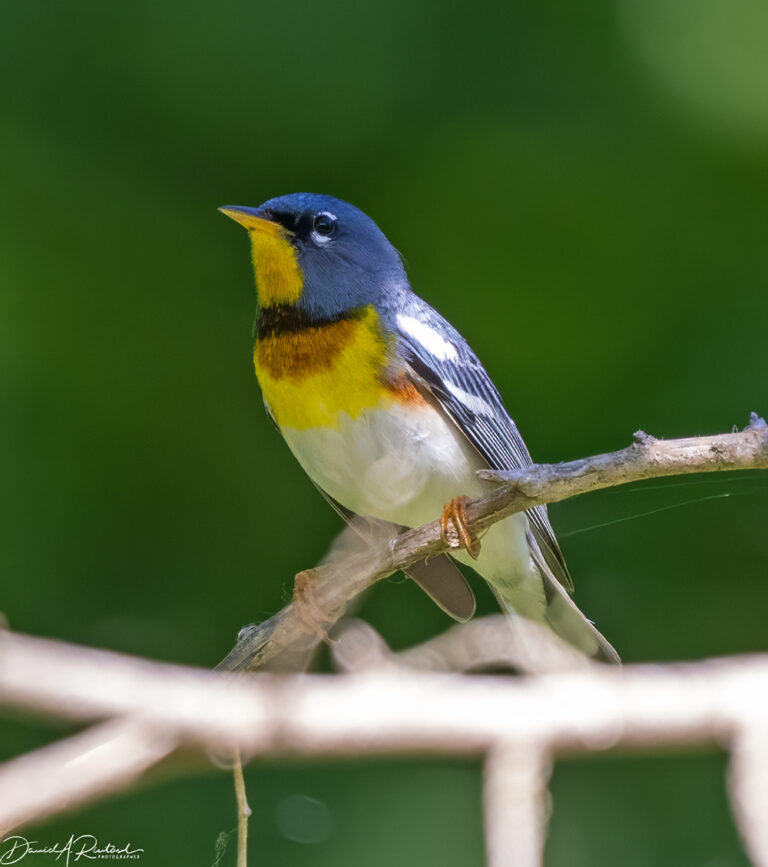
A tiny bird with a distinctive song, the Northern Parula (Setophaga americana) is also on the list of birds heard more often than seen. If you have been in any deciduous woodland in the eastern US in springtime, you probably have heard their buzzy song, described by some as sounding “like a zipper” Seeing them is a challenge, as they are tiny, fast-moving, and prone to stay in the treetops. But sometimes they drop down from the upper limbs to perch lower, and let you admire their handsome coloration and funky bicolored bill. Click here for larger image.
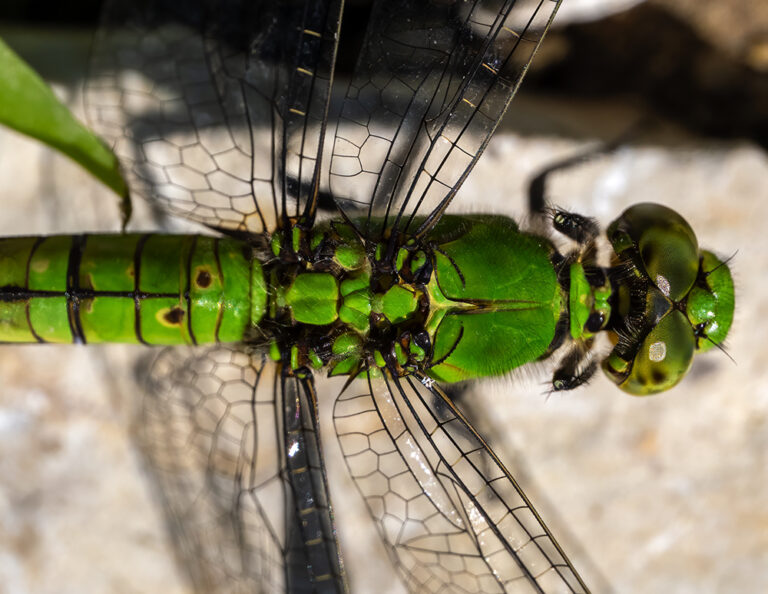
Lots of my fellow birdwatchers also keep life lists of dragonflies and damselflies, members of the insect order Odonata (aka “Odes” in birding lingo). I’m not quite there yet, but I do photograph them when I have a chance, as a camera rig that is good for birds is also usually fine for odes. This is a female Eastern Pondhawk (Erythemis simplicicollis), photographed not far from the Northern Parula above. Mosquitoes and other prey species probably call it the green-eyed monster. Click here for larger image.
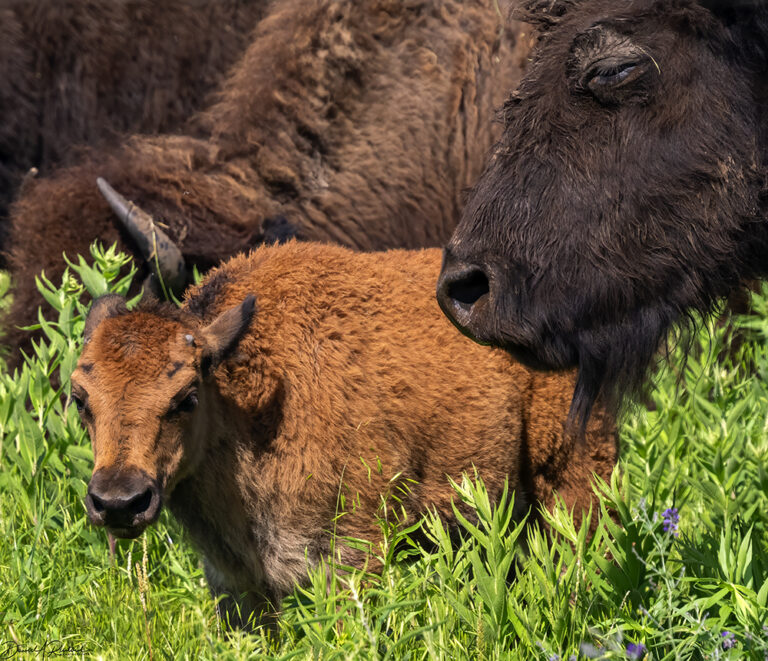
For me, no spring here is complete without checking out the baby American Bison (Bison bison) on Konza Prairie. The colloquial name for these rusty darlings is “Red Dog”. In a few months that hair color will turn dark brown, and that little tiny nubbin of a horn will grow out lots more. Click here for larger image.


Bill Hicks
Thanks for the great pics and info.
Ornithologists need to get a better descriptor than cigar-shaped for Chimney Swifts. I was taught that same thing and thought, maybe cigars were shaped like that back in old cartoons, but I think most folks today would wonder what you were talking about. Not sure of a better term without resorting to something obscure that wouldn’t be helpful either.
eclare
The Blue Grosbeak is stunning against that backdrop.
OzarkHillbilly
@Bill Hicks: How’s about turd shaped?
HinTN
I was unaware that blue grosbeaks existed until one showed up at the bar with the usual gaggle of rose breasted. Wondering what sort of anomaly it was, I called the man who taught me how to draw in botany all those years ago, one of the birders nonpareil in this area, and he assured me there was such a bird, although it was a little out of its range at my feeding station.
Great pictures and commentary as always. Thanks!!!
SteveinPHX
The Parula Warbler photo just blows me away! Thank you for the photos!
stinger
Gorgeous birds, great shots of them!
I didn’t know that Tennyson poem — marvelous!
OzarkHillbilly
@HinTN: I knew of them but had never seen one until one showed up in my garden one early spring day. I got all kinds of excited.
mvr
These are all gorgeous birds and I have seen very few of them 150 or so miles North of you. (I do sometimes see white crowned sparrows and eagles in the area.) Thank you for showing them to us.
And that eagle photo is a wonderfully composed shot!
Winter Wren
Great shots as always. I was visiting family over the weekend in Maryland and was fortunate to hear both a Yellow-billed Cuckoo (it was indeed a cloudy day too) as well as a Blue Grosbeak. Here in Massachusetts they are possible but pretty unusual. It’s cool to see the corresponding photos today.
bluefoot
I love that Chimney Swift photo. Gorgeous. I have a soft spot for animals that have the same name for genus and species like Bison bison. I get a childlike smile when I encounter them.
ETA: Dragonflies are so cool.
munira
Fantastic. I love the eagle and the poem. Thanks
Tenar Arha
I look forward to all your bird photos.
I kept thinking of you last Friday. That evening I was at Crane Beach in Ipswich, MA. I was there at the right time to see the plovers swooping and diving around each other. I also saw a couple teeny tiny still fluffy babies running down towards the water and away. I could only see them when they moved, otherwise they just disappeared into the tracks on the sand. They moved so fast and camouflaged so well I couldn’t catch them with my phone’s camera. And though I tried video, I’m not sure I managed to film anything.
Betty
In Dominica we have the mangrove cuckoo. It is also difficult to see but more often heard. The legend here is that the cuckoo is calling for rain, not predicting it. It is calling for rain because it can’t drink out of the river and needs to sip water from the leaves. Old timers will call out to tell it go to the river for water.
Bill Hicks
@OzarkHillbilly:
I don’t know if I am doing the reply right, but I like the turd-shaped idea, Ozark Hillbilly. It is something my students won’t forget even if all turds are not quite that shape. I think I’ll also use the cigar-shaped, but remind them that cigars today don’t tend to be tapered at both ends.
Yutsano
At first I thought the blue grosbeak was some kind of unknown cardinal. Then I remembered you (Albatrossity) mentioning once that cardinals are in the grosbeak family and it makes sense. That was my fave although baby buffalo is totes adorbs!
Elizabird
Bonus nym for the red dog with its impressive mama: Baby Buffler!